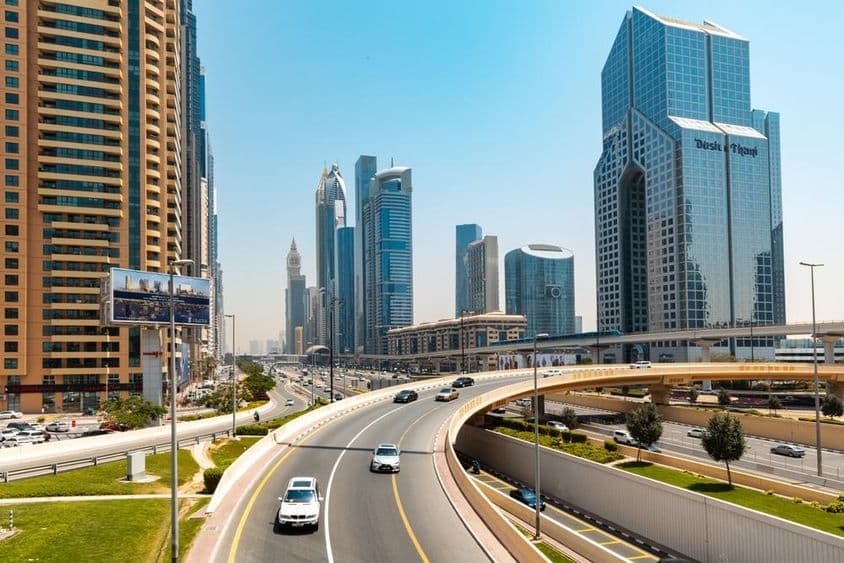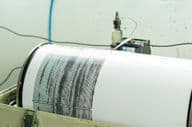New 800-meter Tunnel Opens in Dubai

New Tunnel in Dubai: Faster Travel on Umm Suqeim Street
A Step Forward in Dubai’s Transportation
Dubai's transportation infrastructure development has reached another milestone: an officially opened new, 800-meter tunnel on Umm Suqeim Street, enabling four lanes of traffic in each direction. The purpose of this investment is clear: to significantly reduce travel time between Al Khail Road and Sheikh Mohammed bin Zayed Road while improving connectivity between Dubai’s east-west and north-south axes.
A Key Transportation Axis
The tunnel was realized as part of the Umm Suqeim Street Development Project, which extends from Sheikh Mohammed bin Zayed Road to Al Khail Road. The route's capacity has now increased to 16,000 vehicles per hour, resulting in more than a 60 percent improvement in passing time. Previously, it took nearly 10 minutes to travel between the mentioned main roads, but now this has been reduced to less than 4 minutes.
Over One Million Residents Benefit from the Development
The impact of the development is not only measurable in numbers but also directly felt in communities such as Al Barsha South 1, 2, and 3, Dubai Hills, Arjan, and the Dubai Science Park. These areas now connect more efficiently to Dubai's main transportation network, including Sheikh Zayed Road, Al Khail Road, Sheikh Mohammed bin Zayed Road, and Emirates Road.
Smart Technologies in Execution
Modern technologies played a key role in executing the project. Drones and artificial intelligence were utilized during the works, collecting and analyzing data in real-time, making decision-making faster and more accurate, while reducing the time needed for field measurements by 60 percent. Additionally, continuous time-lapse photography monitored construction progress, enhancing observational efficiency by 40 percent.
Previous Phases of the Project
This recent development is not without precedents. The project's first phase began in 2013, affecting the section between Sheikh Zayed Road and Al Khail Road. At that time, two bridges with three lanes in each direction were built, along with several traffic control intersections and three pedestrian bridges to ensure safe crossing between Al Quoz and Al Barsha.
In 2020, another 500-meter bridge was completed at the entrance of Umm Suqeim Street and Dubai Hills, also enabling four lanes of traffic in each direction and capable of handling 16,000 vehicles per hour like the new tunnel. This development mainly served to alleviate infrastructure load around the Dubai Hills Mall.
Part of a Long-term Vision
The Umm Suqeim–Al Qudra transportation corridor spans a total length of 16 km from Jumeirah Street to Emirates Road. This axis plays a key role in better connecting Dubai’s eastern and western parts to the north-south main roads. Such developments contribute to making city transport not only faster but also more predictable and sustainable.
Summary
Dubai’s new tunnel eases traffic flow and symbolizes the city's aspiration to serve its residents and visitors with smart, forward-thinking, and livable infrastructure. In future Dubai, not only the cityscape but also transportation continues to develop – and this project is an excellent example of that.
(The article source is a statement from Dubai’s Roads and Transport Authority (RTA).)
If you find any errors on this page, please let us know via email.


